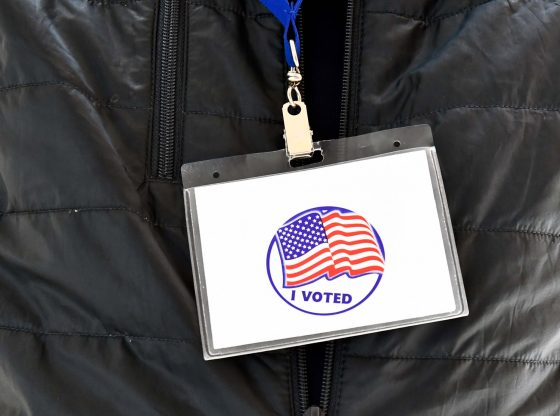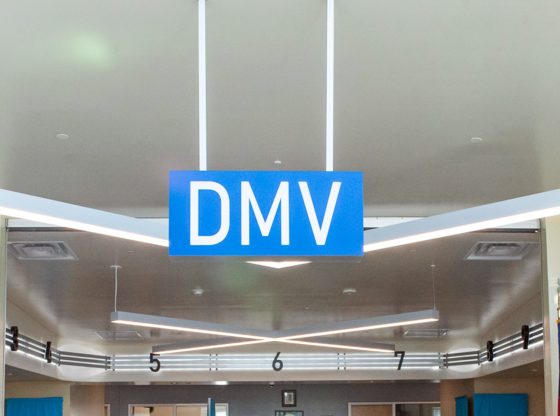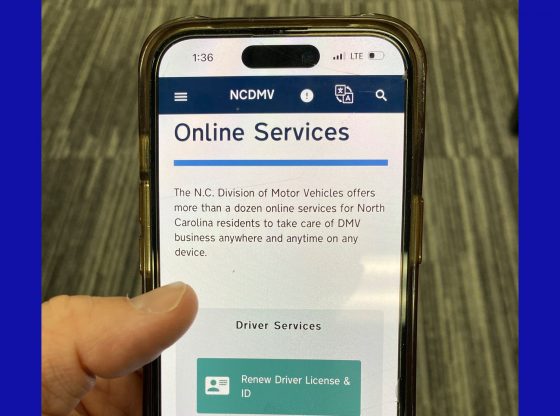As in-person early voting continues, North Carolina elections officials are reminding voters about how they can be confident their vote is counted this election season.
Absentee-by-mail voting began in late September, and voters can request absentee ballots until Oct. 29. In-person early voting has begun and runs through Saturday, Nov. 2. Election Day is Tuesday, Nov. 5.
Depending on which voting method you choose, there are different ways to determine that your ballot was received and counted by your county board of elections.
If You Vote in Person During the Early Voting Period…
When you insert your ballot into a tabulator, your selections are recorded on a memory device in the tabulator. These results are counted and reported publicly after polls close on election night.
If you vote at an early voting site, you can find that your vote was recorded in the Voter Search database. Simply search for your record on the State Board’s Voter Search tool, and scroll down to the “Your Ballot: By Mail or Early Voting” section. If you voted during the early voting period, your “Voting Method” will be “EARLY VOTING,” your “Ballot Status” will show “VALID RETURN,” and your “Vote Status” will be “ACCEPTED.” This status is typically updated by the day after you cast your ballot at an early voting site.
The “Your Voter History” section of your voter record also shows when you have voted. But that section is updated after each election, after your county has gone through the process of assigning voter history to all voters’ records. This may take a couple of weeks or longer after the election.
If You Vote in Person on Election Day…
When you insert your ballot into a tabulator, your selections are recorded on a memory device in the tabulator. These results are counted and reported publicly on election night.
For further confirmation that your ballot was counted, use the Voter Search tool.
Your ballot status will show up in the “Your Voter History” section as soon as your county completes the post-election process of assigning voter history to your record. The “Voted Method” will be “IN-PERSON ELECTION DAY.” This may take a couple of weeks or longer after the election.
Please be assured that your county board of elections will complete this process as promptly as possible amid the other post-election tasks that must be completed, including post-election audits and certification of the results.
If You Vote Absentee By Mail (Including Military, Overseas, and Visually Impaired Voters Who Submit Their Ballot Electronically)…
Once your ballot is received by your county board of elections, you can find that your vote counted in the “Your Ballot: By Mail or Early Voting” section of the Voter Search tool. The “Voting Method” will be “ABSENTEE BY MAIL,” the “Ballot Status” will show “VALID RETURN,” and the “Vote Status” will be “ACCEPTED” or “ACCEPTED – CURED.”
Your ballot status will also show up in the “Voter History” section as soon as your county completes the post-election process of assigning voter history to your record. This may take a couple of weeks or longer.
If You Cast a Provisional Ballot…
You will be able to check the status of your ballot 10 days after the election through the Provisional Search tool. You must fill out all four fields on the form, including the PIN number given to you at the voting site when you voted provisionally.
What Is Voter History?
Voter history is a record that you voted in a particular election, not how you marked your ballot. Voter history includes the election date, the voting method, and your county. For primary elections, it also includes which political party’s primary you voted in (Republican, Democratic, nonpartisan, etc.). It will not show who you voted for. That is always confidential.
State elections officials urge voters to use the options above to ensure their ballot was counted. We also urge voters to be wary about what they read online and on social media about elections. If you have questions about the voting process, please use trusted sources of information, such as your county board of elections or the State Board of Elections.
File photo by Sandhills Sentinel photographer Melissa Schaub.
Contributed article.



















